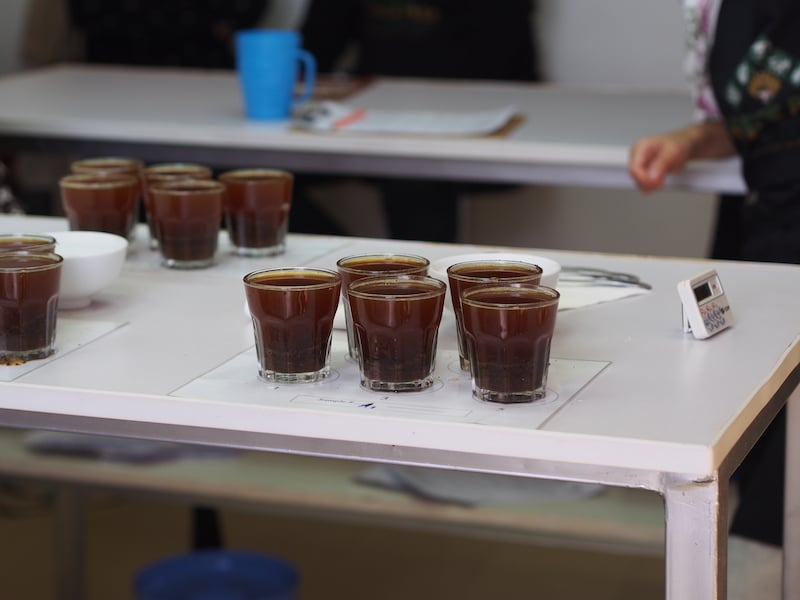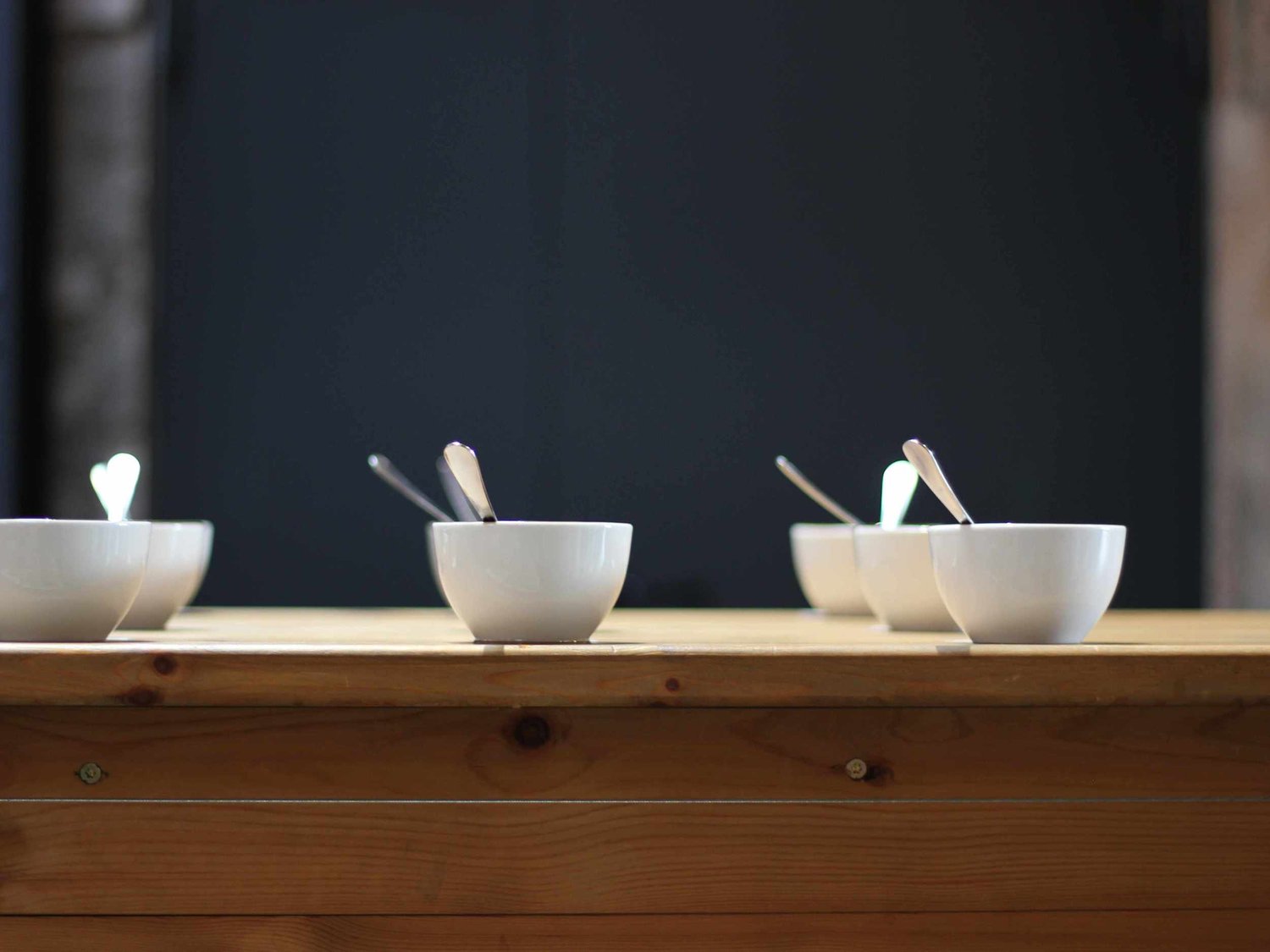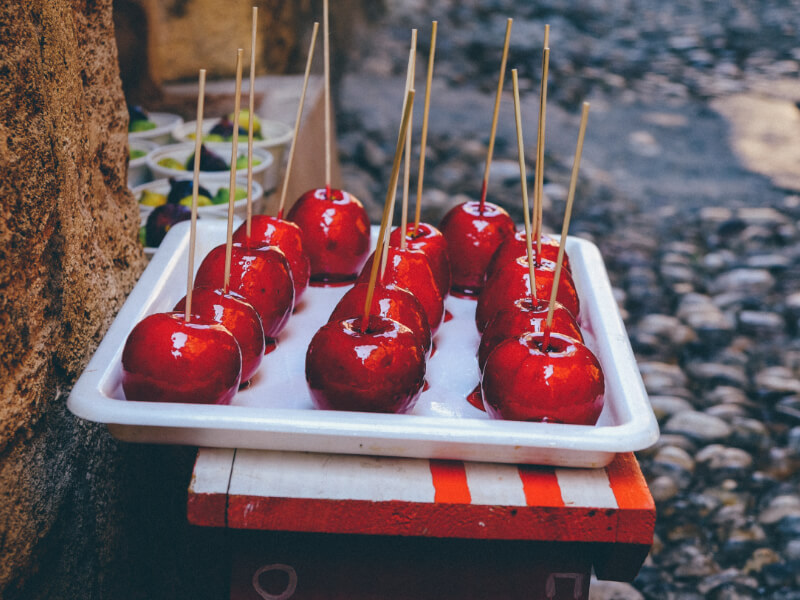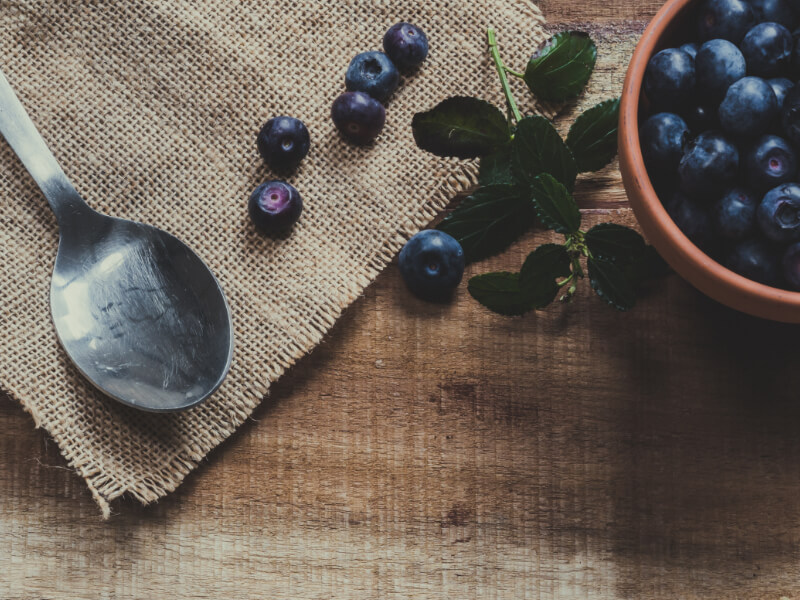
2021 is an amazing year - at least when we look at the choices of cupping books we have available right now. 3 different books you can chose from, but which one is the right one?
We had a look at all the three books and tried to review them, so you can get an idea about their character and content.
What are these three books, we will have a look at?
- „Sip ’n’ Slurp“ by Freda Yuan
- "Coffee Sensory and Cupping Handbook" by Specialty Coffee Association (SCA)
- „The Cupping Handbook“ by Kaffeeschule Hannover
This article is for you when you
- wish to get an overview about the current english speaking cupping books
- wish to get an idea about the scope of the often chaotic-looking field of sensory
- think about purchasing a book and wish to get some information before doing so
- wish to get some facts about the price, format, availability and contact
The order of the reviews is chosen arbitrarily and one thing you should know: "The Cupping Handbook" is written by us and reviewed by us as well. We are curious what you think and if you think that we reviewed our book as fair as the other ones.
Let's start!

„Sip ’n’ Slurp“ by Freda Yuan
Freda shares her experiences and insights into the universe of cup tasting in her book. As triple UK Cuptasting Champion and winning the third place during the World Cuptasting Championship in 2017 in Budapest, her matter is to assist you in developing „your very own personal sensory tasting experience“.
In nine chapters she lead you through her structured approach of coffee sensory. It starts with the getting to know your five basic taste followed by your five senses and which are suitable for coffee tasting and which aren’t. She continues with the different attributes assigned to coffee, such as sweetness, body and aftertaste, explaining commonly used expressions and giving ideas of what vocabulary to use when describing single attributes.
The chapter „cross referencing the senses“ highlights how your senses, memory and taste experience work together towards a fully integrated experience when learning and recalling sensory sensations.
The book continues with tips and exercises to increase your sensory awareness. Finally, it comes to tasting coffee and putting all the knowledge together in a hands-on five step approach when assessing the quality of a coffee through cupping.
The book brings many practical examples and exercises in each chapter, so you can go into action right away or get inspiration for useful sensory exercises.
When reading her book, I enjoyed the example of the mindful popcorn eating while watching TV: Most would just keep on eating the popcorn while watching TV with no idea about its texture, balance, flavors. Basically, the opposite of mindful eating popcorn.
Where I felt caught was the exercises with having a specific fruit, get some variations of it and taste them trying to describe differences or the flavors at all. We just bought that fruit on the market and plan to to exactly that exercise. Spooky, yet funny!
Fredas book has many messages, for example, that everyone can learn tasting and describing coffee. No one, including her, was a pro when we started in the field of coffee and could right away determine quality attributes to a coffee. She wants to show that it is possible even when a negative mindset holds you back, giving the reader a structured approach in the messy-appearing field of coffee sensory.
Facts:
Number of pages: 72
Language: English
Format: A5 printed edition
Price: 14,99 £
ISBN: 978-1-5272-8131-7
Published: Mai 2021
Shop: fredayuan.com

Coffee Sensory and Cupping Handbook by Specialty Coffee Association (SCA)
Having „The Coffee Cupper’s Handbook“ published in 1985, the Specialty Coffee Association now launches the 2021 entirely new version named „Coffee Sensory and Cupping Handbook“. That publication is entirely new conceptualized by Maria Roberto Fernández-Alduenda and Peter Guiliano.
In 19 chapters and on 128 pages they cover a wide range of aspects around coffee sensory and cupping. To start with, they shed light on the history of the method of cupping, followed by the discussion how objective or subjective coffee evaluation can be.
Further laying the foundation of understanding sensory they explain about our senses and how they perceive coffee. With graphics you can easily follow where sensations from coffee make their way into our brain. In particular they provide detailed information about the sense of taste, smell and the tactile dimension.
One single chapter is dedicated to crossmodal effects, i.e. effects coming from a different order of cupping, the effect of light, other smells and further effects which are not noticeable consciously, yet affect the evaluation of a coffee. The topic of coffee language and vocabulary is presented in an own chapter as well.
That coffee sensory is more than just detecting well-sounding descriptions of flavors, body and aftertaste is reflected in four chapters about the statistical and methodological dimension. Terms like triangulation, just-about-right and preference mapping belong here. The chapters following explain about the SCA protocol about cupping, its attributes and its value.
Finally, several occasions are named where cupping makes sense, such as evaluating pre shipment samples or judging in auctions or competitions. In the appendix you find the vocabulary from World Coffee Research and the Coffee Tasters’ Flavor Wheel.
While reading, I enjoyed the broad horizon the book offers about coffee sensory and cupping. In particular, I appreciate the link to sensory methods just as the triangle test or other descriptive and analytical methods. Coffee sensory is more than just descriptive fancy names. Also, I found the section about the history of cupping and the discussion about taints and faults and bias helpful.
The authors wish to bridge different disciplines: Having a background in science and hands-on experience in the coffee industry, the idea is to help both sides towards a better understanding of coffee sensory.
Facts:
Language: English
Format: 19 x 24 cm
Price: 75 US$ (Print) and 55 US$ (Digital)
ISBN: 978-1-3999-0329-5 (Digital)
Published: September 2021
Shop: sca.coffee

„Becoming a better cuptaster“ by Kaffeeschule Hannover
Thomas and Nadine, the authors of „Becoming a better cuptaster“, normally offer trainings and consulting services to coffee professionals. Being often asked whether there is a good book on coffee sensory available in German they couldn’t help. Thus, they decided to sit down, do research and write the book they wish to read and to be able to answer positively the next time.
The book now contains five chapters spread over 126 pages. It starts with the why of cupping before it continues with the physiology of smelling and tasting. In particular the dimensions of smell, taste and tactile sensations are explained. Illustrations make this unit better understandable.
The third chapter deals with the cupping set-up, referencing the SCA cupping protocol. It explains also why cupping codes are a good idea, why focus and awareness are crucial in cupping and what psychological errors could occur during cupping sessions.
The following section then explains coffee score sheets and its attributes and values, in this case the one from the Specialty Coffee Association and the one from the Cup of Excellence. The authors highlight similarities and differences, acknowledging that both sheets serve different purposes. Rating of Canephora, the use of a reference coffee and the meaning of calibration is explained as well.
Chapter five is the largest of all. It focuses on descriptive sensory and compares different suppliers of coffee vocabulary, such as World Coffee Research, Green Coffee trader Belco, Coffee Consulate, Cup of Excellence and Scent One. Overall, in the book offers more than 500 expressions for aroma, flavor, body, sweetness, acidity, aftertaste and off-notes, all scientifically backed.
The chapter continues with explaining why it is so difficult for us to put aromas into words, before explaining about the legal framework of sensory claims where also difference analytical sensory methods are mentioned. It ends with a short summary of a research done in supermarkets about the usage of sensory descriptions on coffee packaging. Each chapter ends with a summary and training questions.
What I still like much about the book is its writing style. Easy to understand, yet professional and technical where needed. The book offers a broad dimension about the chaotic looking field of coffee sensory, offering a structured approach to better put sensations into words and build up understanding of coffee sensory.
The book was initially published in German in July 2020 ("Das Cupping Handbuch"). Feeling confident through feedback from the community and coffee colleagues it’s now time to offer it to the international community in English and Spanish.
Facts:
Language: English (German available)
Format: 17 x 24 cm
Price: 28,50 € (Digital) and 35,50 € (Printed German version)
Published: December 2021 (English) and July 2020 (German version)
Shop: payhip.com/signifikantmedia (international purchase) and signifikant-media.eu (domestic shop)
And now?
Now that you have read the reviews, the question may come to your mind: What book to choose? Which one is the right one for me?
Well, it depends (our evergreen answer to most „what is the best…“ coffee questions).
But, we don’t want you to leave with empty hands, that is why we asked ourself, what book is perfect on what educational need. Here are our answers and we hope they help you further:
What book to choose?
If you go for personality, choose Freda.
If you wish to learn about faults and taints in depth, choose SCA.
If you wish to read from independent coffee experts, choose Freda or Becoming a better cuptaster.
If you want a quick and cosy read, choose Freda.
If you wish to have cupping protocols explained, choose SCA or Becoming a better cuptaster.
If you wish to get the maximum of sensory vocabulary, choose the Becoming a better cuptaster.
If you wish to learn about the history of cupping, choose SCA.
If you are looking for practical exercises, choose Freda.
If you wish to learn about sensory claims for advertising with sensory descriptions, choose Becoming a better cuptaster.
If you with to get an idea about sensory methods, choose SCA.
If you wish to pimp your shelf of coffee books and get smarter on coffee sensory, choose them all.
Happy reading and happy cupping!





